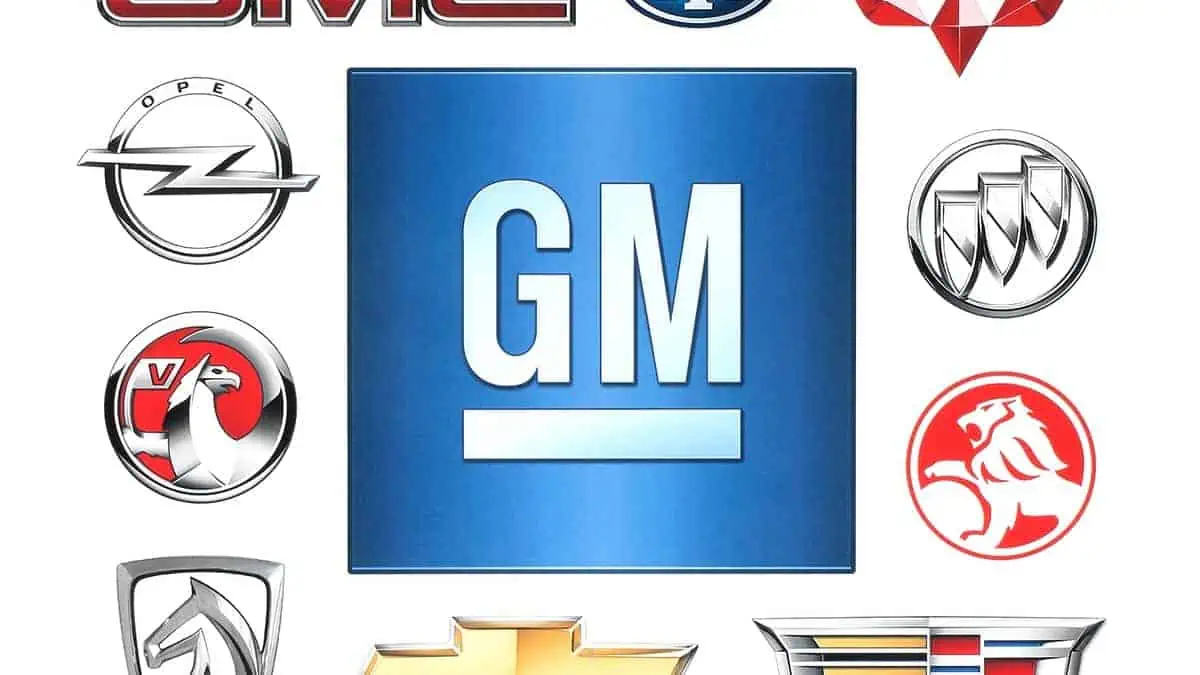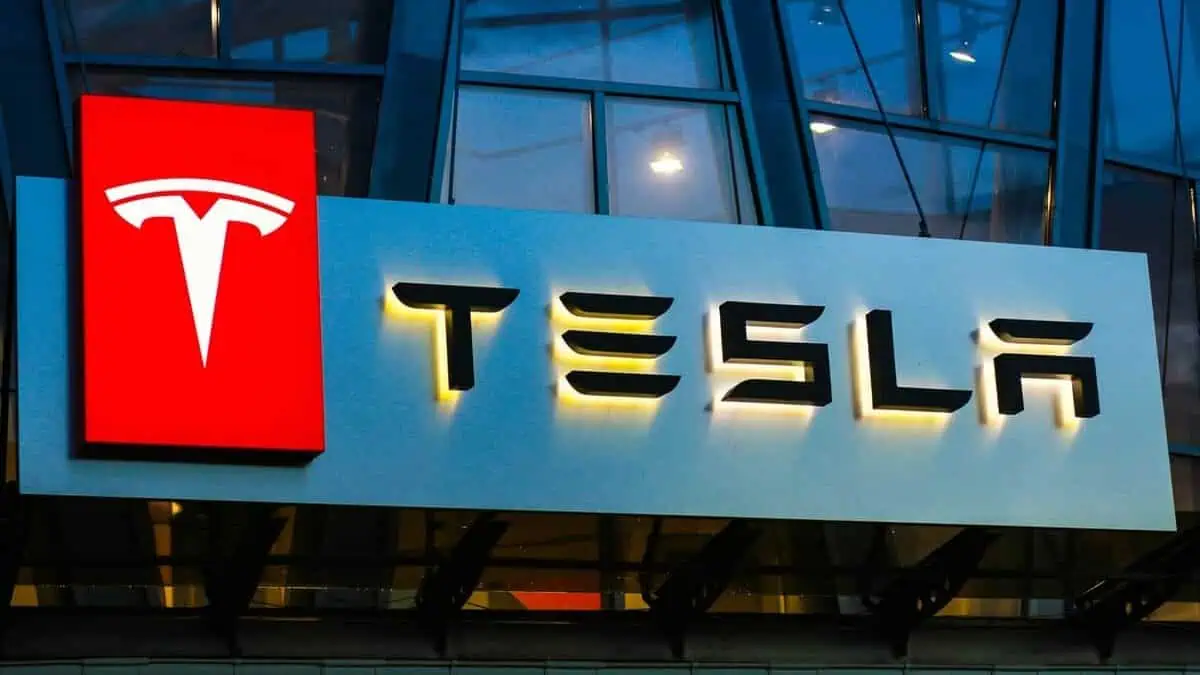American legacy automaker General Motors remains optimistic about its potential to hit profitability in its electric vehicle business by 2025 with higher margin models, AP News reports, citing a company executive’s remarks last week.
Expectations
GM chief financial officer Paul Jacobson told analysts at a Barclays conference on November 30 that the automaker has yet to reach the pace it initially expected to hit its electric vehicle production targets.
Nonetheless, Jacobson continues to have high hopes for the company to finally generate mid-single-digit pretax profits in 2025 with the imminent production of higher-margin models, battery cost reductions, and manufacturing advancements.
“While the ramp has been a little bit bumpy, we have worked through that. We need to focus on making sure that we get the vehicle that customers want, get it built profitably, and grow it from that foundation.”
Paul Jacobson, GM chief financial officer
GM’s 2022 guidance
CFO Jacobson noted that the company’s primary goal is to “continue to drive better free cash flow performance and better margin performance for the organization as a whole,” as reported by CleanTechnica.
In addition, he also revisited GM’s electric vehicle forecasts in 2022:
- producing 400,000 units by mid-2024
- boosting North American production output to 1 million by 2025
- retaining 8%-10% margins in North America through the electrification
- aiming for low to mid-single digits before clean energy tax credits and
- counting in tax credits worth $3,500-$5,500 per vehicle that could add 5-7 points of margin
CFO Jacobson admitted that the company encountered challenges that impede them in reaching these set targets.
“Since that time, we’ve obviously had some challenges in the ramp. I don’t think there are fatal challenges at all.”
Paul Jacobson, GM chief financial officer
Strategies
Jacobson outlined GM’s key strategies to hit profitability in 2025, including the production of higher-margin models. It also plans to expand costs to more EVs as sales increase. Furthermore, it aims to encourage sales of higher purchase prices and reduce battery costs.
GM remains optimistic that it will hit 1 million electric vehicle production by 2025.
“We’ve actually taken that opportunity to what I would say is be a little bit more measured in the growth and the expansion.”
Paul Jacobson, GM chief financial officer
Notably, the company is producing electric SUVs such as the Chevrolet Equinox and some Cadillac models, Chevy Silverado EV pickup trucks, and GMC Hummer EVs.
GM also believes that having higher EV purchase prices with commensurate profit will aid it in its strategy to become profitable by 2025.
“I don’t want to stuff vehicles into a market that doesn’t want them. So we’ll see higher variable profit Ultium vehicles, like the HUMMER and the Blazer EVs, and significantly fewer Bolts in 2024 as we shut that line down and then reintroduce the next-generation Bolt, which will be on a much, much lower cost Ultium LFP program as well.”
Paul Jacobson, GM chief financial officer
GM further emphasized the need to upgrade the current electric vehicle infrastructures. CFO Jacobson stated that EV margins remain “substantially negative” as the automaker develops battery factories, retools plants, and then underuses them as production and demand increase. He also clarified plans for its Ultium battery and Bolt EV.
“We’re actually going to incorporate Ultium battery management system with an LFP product on a redesigned Bolt that’s going to be substantially more profitable. And by doing so, we actually were able to take about $5 billion of future program capital out of our forward projections.”
Paul Jacobson, GM chief financial officer
All that said, GM expects to benefit from volume and scale, particularly in battery cell costs, as it reaches full capacity by 2025. The American legacy automaker aims to achieve a mid-single-digit margin in the given timeline, including IRA activity.
Notably, CFO Jacobson’s remarks occurred after GM shared plans to postpone the Tennessee Ultium Cell factory’s opening and six-week strikes against the company. GM also faced a major controversy with its Cruise business unit when one robotaxi hit and dragged a woman pedestrian in San Francisco, which led to the suspension of its driverless permit.






